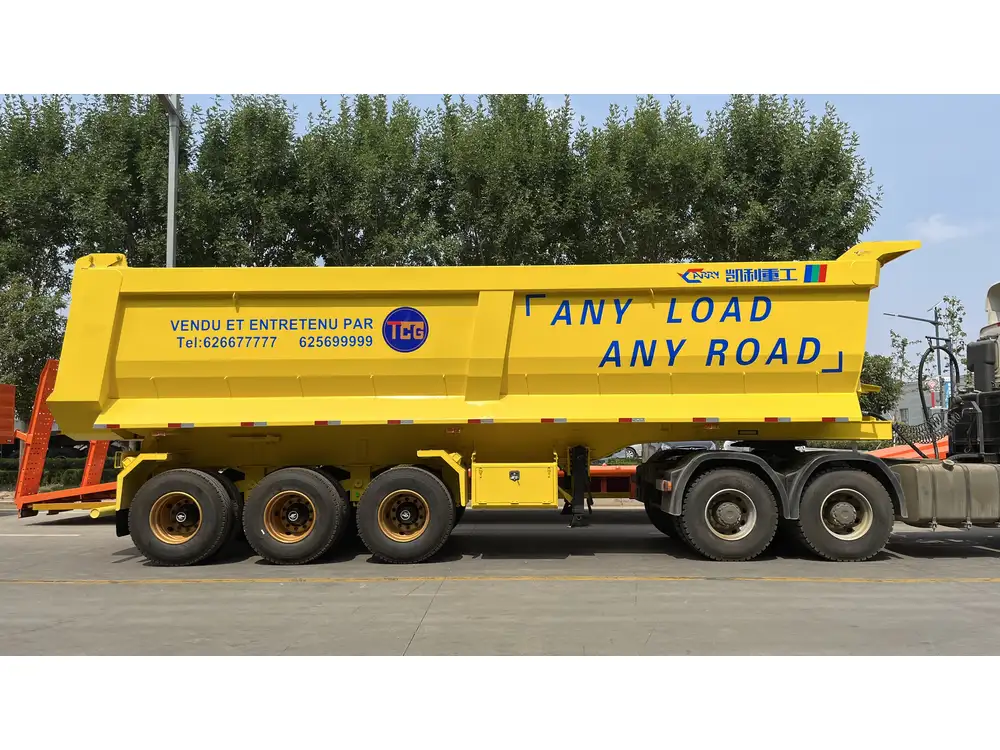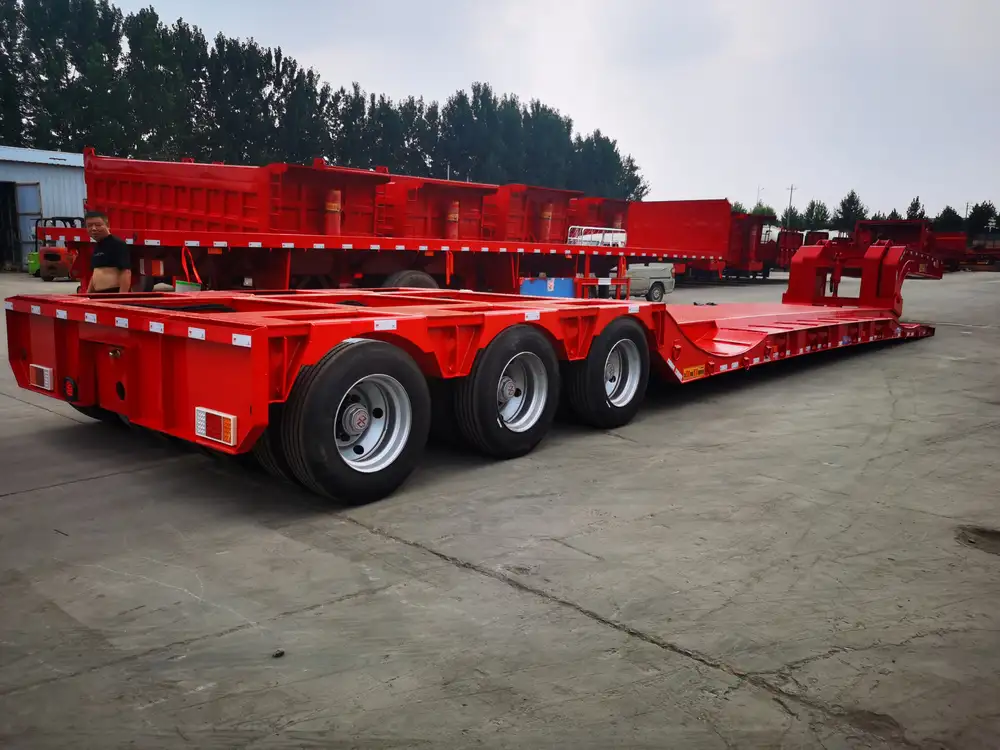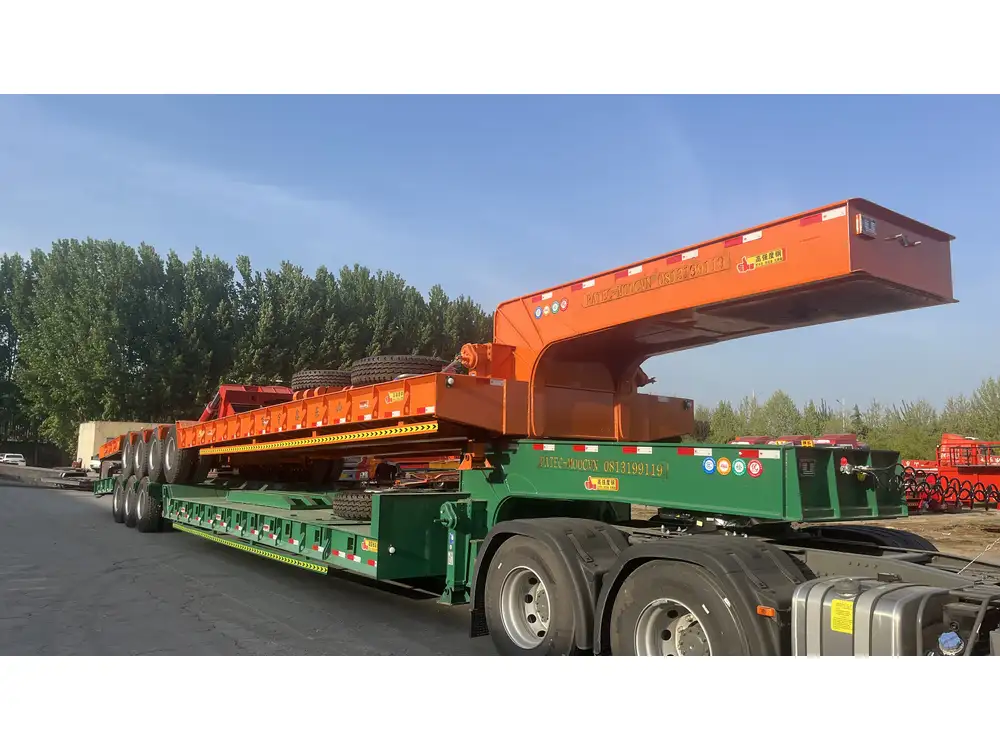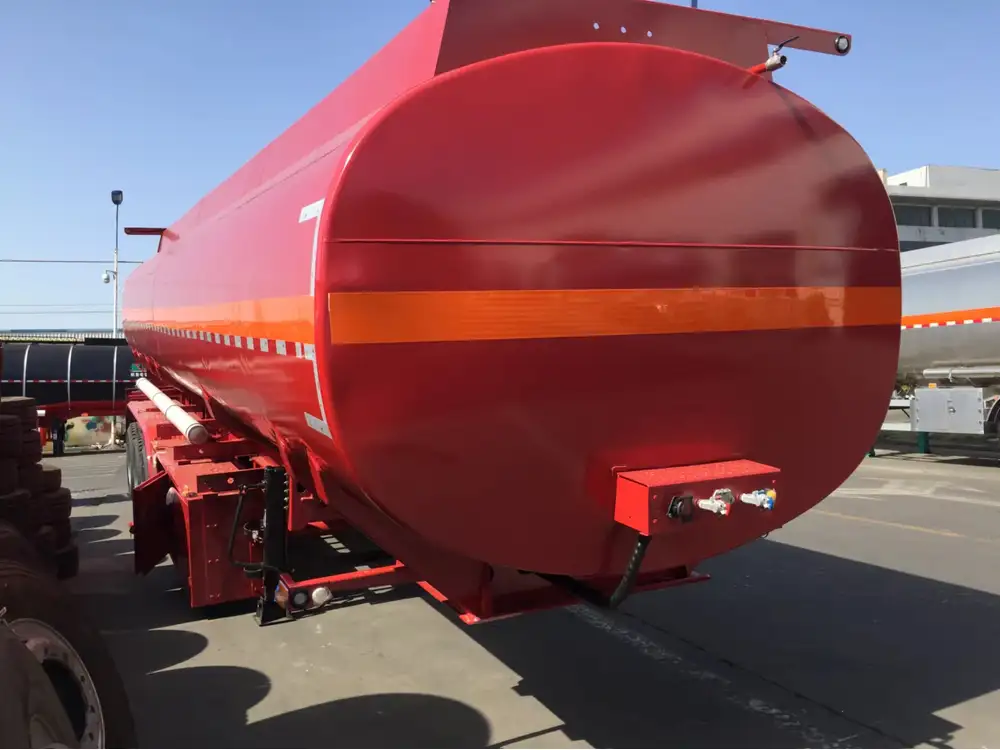Introduction
In the ever-evolving landscape of transportation and logistics, adaptability is key. The question at hand—can you make a van trailer into a flatbed trailer?—resonates with many logistics professionals and fleet operators who seek to maximize efficiency in freight handling. In this article, we delve into the intricacies of this transformation, exploring the practical considerations, benefits, and step-by-step methodologies involved in converting a van trailer into a flatbed trailer.
Understanding the Basics: Van Trailers vs. Flatbed Trailers

What is a Van Trailer?
A van trailer, commonly known as an enclosed trailer, is designed primarily for transporting goods securely. Features typically include:
- Fully enclosed design: Providing protection against weather elements.
- Security: Lockable doors that help in safeguarding cargo.
- Aerodynamics: Designed to optimize fuel efficiency during transport.
What is a Flatbed Trailer?
In contrast, a flatbed trailer is characterized by its open design, allowing for easy loading and unloading of cargo. Key features include:
- Open structure: Facilitates transport of oversized or irregular-shaped items.
- Versatile loading options: Load can be accessed from any side, enhancing efficiency.
- No height restrictions: Ideal for transporting taller items compared to enclosed trailers.
| Feature | Van Trailer | Flatbed Trailer |
|---|---|---|
| Design | Fully enclosed | Open structure |
| Security | Lockable doors | Minimal security |
| Loading Unloading | Rear entry only | Accessible from all sides |
| Cargo Protection | Full weather protection | Limited weather protection |
| Ideal Use | General freight | Oversized, heavy cargo |
Reasons to Convert a Van Trailer to a Flatbed Trailer
Transforming a van trailer into a flatbed trailer may provide several advantages, such as:
- Cost Efficiency: Retrofitting can be more budget-friendly than purchasing a new flatbed trailer.
- Enhanced Versatility: Broadens the types of cargo that can be transported.
- Ease of Loading: The open design allows for various loading methods, reducing labor time significantly.
- Better Visibility: Flatbed trailers offer better driver visibility of cargo during transport.

Considerations Before Transformation
Prior to embarking on this transformation, it’s crucial to consider several factors:
Structural Integrity
Assess the structural integrity of the van trailer. A robust frame is necessary to ensure safety under the stresses of flatbed transport, particularly when carrying heavy loads.
Weight Capacity
Check the weight capacity of the trailer. Converting to a flatbed may alter the distribution of weight and impacts how much freight can be transported safely.

Regulatory Compliance
Consult the transportation regulations in your area. Modifications to trailers could require inspections or certifications to ensure compliance with safety standards.
Tools and Materials Needed
To carry out the transformation, you will require:
- Cutting tools: Reciprocating saw or angle grinder for cutting the rear and roof structure.
- Welding equipment: For securing the new flatbed frame.
- Lumber or steel: Depending on the material used for the new flatbed.
- Safety gear: To ensure a safe working environment.
Step-by-Step Process: Transforming Your Van Trailer

Step 1: Planning and Design
Before any physical alterations, develop a detailed plan that outlines the new flatbed dimensions, material choices, and structural layouts. Sketching these elements can assist in visualizing the end product.
Step 2: Preparation
Begin preparation by removing all interior elements of the van trailer, including:
- Walls and ceiling panels
- Access doors
- Any unnecessary fixtures
This step not only provides an open canvas for your flatbed but also ensures that you have a clean workspace.
Step 3: Reinforce the Trailer Frame
Inspect the frame for any signs of wear or damage. If necessary, reinforce the frame with additional steel supports to ensure it can handle the demands of heavier loads typical for flatbed trailers.

Step 4: Cutting and Modification
Carefully cut the rear section of the trailer to remove the back doors and wall, as well as any overhead structure if converting to a fully open flatbed. This process requires precision cutting to avoid any structural compromises.
Step 5: Building the Flatbed
Construct the flatbed using either lumber or steel, which can be secured to the existing frame. Consider the following during construction:
- Width and Length: Ensure that the flatbed adheres to the legal road dimensions.
- Surface Material: Decide on a surface material that suits the type of cargo. Plywood is suitable for lighter loads, while steel is preferred for heavy-duty requirements.
Step 6: Installation of Tie-Down Points
Incorporate multiple tie-down points on the newly constructed flatbed to enable secure fastening of various cargo types. These points may include stake pockets, D-rings, or hooks, strategically placed for easy access.

Step 7: Finishing Touches
To complete the conversion, apply a protective coat to prevent rust or corrosion, and ensure that all finishes are smooth to avoid damaging cargo during transit. Install safety markings, if necessary, for regulatory compliance.
Step 8: Testing the Configuration
Before putting the trailer back into operation, conduct rigorous testing with a range of cargo loads to ensure stability and security during transport. This is crucial for confirming safety standards and operational effectiveness.
Frequently Asked Questions

Is it Legal to Convert a Van Trailer to a Flatbed?
Yes, it is generally legal to modify a trailer; however, it is critical to ensure compliance with local transportation regulations, including inspections and certifications required by state or national laws.
How Much Does It Cost to Convert a Van Trailer?
The cost of converting a van trailer to a flatbed can vary significantly based on materials used, labor costs, and the specific modifications needed. On average, budget for several hundred to several thousand dollars, considering potential professional help.
What are the Safety Considerations?
Major safety considerations include ensuring structural integrity post-modification, verifying weight distribution, and ensuring all cargo is properly secured using tie-down points to prevent shifting during transport.

Conclusion
The transformation of a van trailer into a flatbed trailer serves practical needs within the transportation sector, enhancing flexibility and efficiency in cargo transport. While the conversion process involves careful planning and execution, the rewards of increased versatility and potential cost savings make it a worthwhile endeavor.
The journey from an enclosed van to a functional flatbed is not just about physical transformation—it’s about redefining capabilities, optimizing cargo solutions, and staying one step ahead in a competitive industry. For those willing to undertake such an endeavor, understanding the nuances of this conversion can foster both growth and innovation in fleet operations. Hence, by embracing such modifications, logistics professionals can ensure they are equipped to meet the dynamic challenges of modern freight transport.



